Damyang Metasequoia-lined Road (담양 메타세쿼이아길)
16.9 Km 100613 2023-01-02
12, Metasequoia-ro, Damyang-gun, Jeollanam-do
+82-61-380-3149
Damyang Metasequoia-lined Road is one of Korea's most beautiful paths. Metasequoia trees were planted along the street in the early 1970s by the Ministry of Internal Affairs after National Road 24 was rebuilt. At that time, the saplings were only 3 to 4 years old and their branches stretched sparsely out into the sky; now, the trees have grown so high that they seem to block out the sun. Thanks to these stately trees, in 2002 the Korea Forest Service selected the boulevard as one of the most beautiful roads in Korea. The 8.5-kilometer-long boulevard is one of the most popular driving routes in Korea, especially during summer when the trees’ lush green leaves are at their x_height of beauty.
Legendary Ssanghwacha Street (전설의 쌍화차 거리)
17.0 Km 3983 2024-04-07
147 Jungang 1-gil, Jeongeup-si, Jeonbuk-do
This unique street, known for its cafés selling ssanghwacha, is located along Jungang 1-gil, which is about 200 meters from Jeonbuk Jeongeup Police Station, right in the heart of downtown Jeongeup. Ssanghwacha is a traditional Korean tea made by brewing ssanghwatang, an herbal concoction that includes ingredients like white woodland peony, Chinese foxglove, angelica root, cinnamon, and licorice. Often, to cater to personal tastes, nuts such as walnuts and pine nuts, along with egg yolk, are added to the brew. This tea is particularly favored by middle-aged Koreans and is commonly consumed for its restorative properties when one is suffering from a cold or feeling run-down. The flavor is distinctively herbal with a bitter edge and a sweet finish. At the street’s entrance, a sculpture featuring a ssanghwacha teapot offers a warm welcome to visitors. The renowned Ssanghwatang Teahouse, with a history spanning over 30 years, remains a strong presence on this street, accompanied by about ten other large and small teahouses specializing in ssanghwatang. These cafés typically serve traditional Korean desserts like garaetteok (rice cake stick) and nurungji (scorched rice), which complement the herbal tea perfectly.
Chungnyeolsa Temple (충렬사)
17.3 Km 10762 2024-04-07
228-13, Chungjeong-ro, Jeongeup-si, Jeonbuk-do
+82-63-539-5184
Located in Jeongeup, Jeollabuk-do, Chungnyeolsa Temple was established as a shrine to embody the spirit of Admiral “Chungmugong” (honorific title in military) Yi Sun-Sin. He was a great national hero who led the Korean navy to victory in many naval battles using innovative ‘turtle ships’ during the Imjin War (1592-1598).
Situated in the heart of Gumisan Mountain overlooking the city of Jeongeup, the temple is the location of a memorial ceremony held every 28th of April, the birthday of Admiral Yi. The ceremony is meant to pay tribute to the memory of the naval hero and his irreproachable service to the city. Yi Sun-Sin had been appointed as reeve of Jeongeup in 1589 but soon after in 1591 he left the post to work as the chief naval officer of the Jeolla region.
Yeongsangang River (영산강)
17.4 Km 8737 2020-05-19
Gaedongsingi-gil, Damyang-gun, Jeollanam-do
+82-61-380-2820
Yeongsangang River (136 kilometers) is the shortest of the four major rivers in Korea. The river starts from Yongchubong Peak (560m) located in Yong-myeon in Damyang, Jeollanam-do. It runs through Damyang, Gwangju, Naju, and Yeongam and eventually flows into the Yellow Sea in Mokpo through the estuary bank.
The river also faces some environmental challenges, including extreme weather events that cause flooding, leading to ecosystem loss and habitat degradation. In December 1981, a dam was built and the damage was significantly reduced. The government has also introduced the Four Major Rivers Restoration Project in 2009 with the objective of restoring the rivers while achieving regional development. Under this project, a significant amount of budget was allocated for resolving problems plaguing the Yeongsangang River.
Myeonangjeong Pavilion (면앙정)
17.5 Km 5959 2020-04-27
382-11 Myeonangjeong-ro, Damyang-gun, Jeollanam-do
+82-61-380-2811
Myeonangjeong Pavilion is located on the slopes of Jebongsan Mountain in Damyang-gun. The pavilion was constructed in 1533 by Song Sun (1493-1583), who built it as a place for writing poems. After its construction, the pavilion served as a meeting place for scholars and intellectuals and was even frequented by Lee Hwang (1501-1570), a representative Confucian scholar who is pictured on the 1,000 won bill.
The roof of Myeonangjeong Pavilion was originally made of reeds, straw, grass and other materials which could not withstand the elements. After several repairs, the building was developed into the wooden structure that it is today.
From the back of the pavilion, you can see the mountain range and open wide fields; renowned scholars’ poems are engraved on the wooden panels that decorate the pavilion walls.
Gochang Dolmen Museum (고창고인돌박물관)
17.9 Km 10359 2024-04-07
74, Goindolgongwon-gil, Gochang-gun, Jeonbuk-do
+82-63-560-8666
At the Gochang Dolmen Museum, visitors can view diverse relics and learn about the Bronze Age and the dolmen (tomb, gravesite, etc.) cultures of the world. In addition to a variety of exhibition halls, the museum also features interactive exhibit spaces that help visitors further explore the main themes of the museum. There is also a mock-up of an ancient dugout hut where visitors may take photos. Outside the museum is the Bronze Age theme park, which features a life-size prehistoric village replica, a dolmen experience zone, and an exhibition zone displaying a representative memorial service from the Bronze Age.
Gochang Dolmen Site [UNESCO World Heritage] (고창 고인돌 유적 [유네스코 세계문화유산])
17.9 Km 33311 2024-04-07
74 Goindolgongwon-gil, Gochang-eup, Gochang-gun, Jeonbuk-do
+82-63-560-8666
Dolmens are representative tomb structures from the Bronze Age, distributed across Korea with over 30,000 examples. Gochang is an area rich in dolmens, boasting around 1,600 of them. Here, visitors can explore Gochang's dolmen park, which features dolmens constructed during the 6th to 5th centuries BC, along with a museum offering insights and hands-on experiences related to dolmens and the Bronze age.
Sunchang Gangcheonsa Temple (강천사 (순창))
18.3 Km 36768 2024-04-07
270, Gangcheonsan-gil, Sunchang-gun, Jeonbuk-do
+82-63-652-5420
Located approximately 1.8 kilometers from the entrance of Gangcheonsan County Park, Gangcheonsa Temple was built by Monk Doseon during the first year of Queen Jinseong of Silla (AD 887). In the third year of King Chungsuk of Goryeo (1316), the temple saw the addition of a five-story stone pagoda, built by Monk Deokhyeon. At its peak, the temple was said to have had 12 hermitages and housed 1,000 monks. It was burned down during the Imjin War (1592-1598), leaving only the pagoda, but was rebuilt a few years later by Monk Soyo during the 37th year of King Seonjo (1604). Unfortunately, the temple was burned down again in the Korean War, but was once again restored to its original state in 1959.
Cultural assets found at the temple include Stone Guardian Post of Chungsin-ri & Namgye-ri, Sunchang Guesthouse, and the Three-story Stone Pagoda of Sunhwa-ri. Nearby tourist attractions include Geumseongsanseong Fortress, Yongsopokpo Falls, Gangcheonho Lake, Damyangho Lake, Chuwolsan Mountain, Huimunsan Mountain, and Naejangsan National Park.
Damyang Bamboo Forest (Damyang Marsh) (담양대나무숲 - 담양습지)
18.5 Km 22360 2020-01-09
656-2, Taemok-ri, Daejeon-myeon, Damnyang-gun, Jeollanam-do
+82-61-380-3114
Situated between Damyang-gun and Gwangju Metropolitan City, Damyang Wetland is one of the best places to experience the ecology of Yeongsangang River. It is a habitat for the hawk, wildcat, Boreal digging frog (endangered species), and kestrel. It became the first river wetland to be designated as a wetland reserve in 2004.
Ungok Ramsar Wetland (고창 운곡람사르습지)
18.6 Km 0 2024-04-07
362 , Ungokseowon-gil, Gochang-gun, Jeonbuk-do
+82-63-560-2720
Ungok Ramsar Wetland, registered as Ramsar Wetland in 2011, is home to endanged species and various rare animals and flowers. The wetland also has four different courses that will take visitors all around the wetlands. Course 1 takes approximately 50 min and is 3.6 km-long. Course 2 takes approximately 2 hour 30 minutes and is 9.5 km-long. Course 3, the longest out of the 4 courses takes approximately 3 hours 30 minutes and is 10.2 km-long. Last, Course 4 takes approximately 2 hours 50 minutes and is 10.1 km-long.

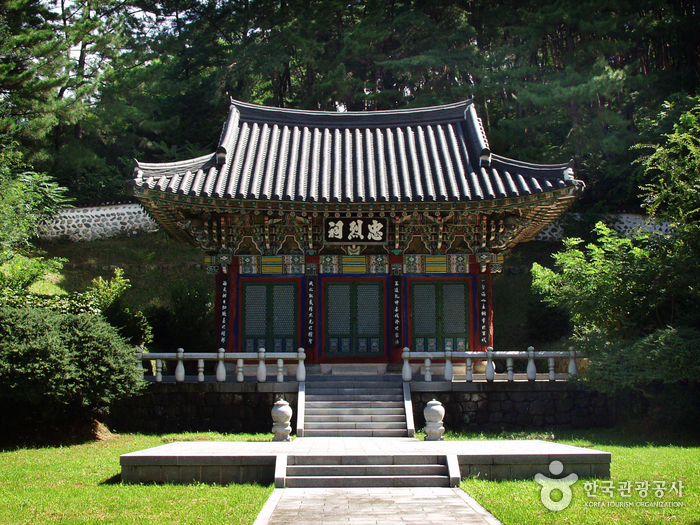
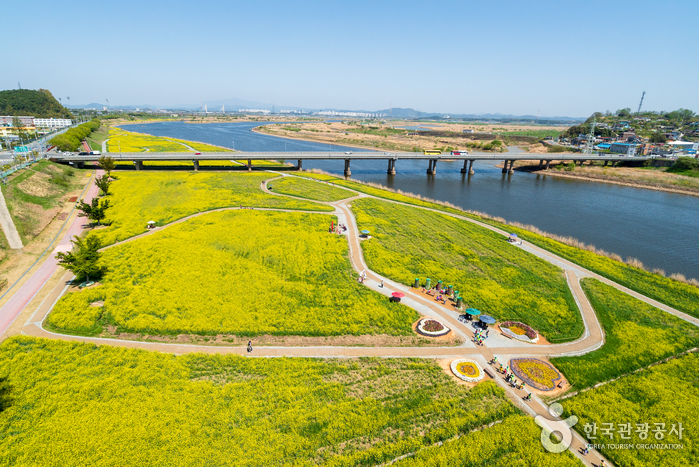
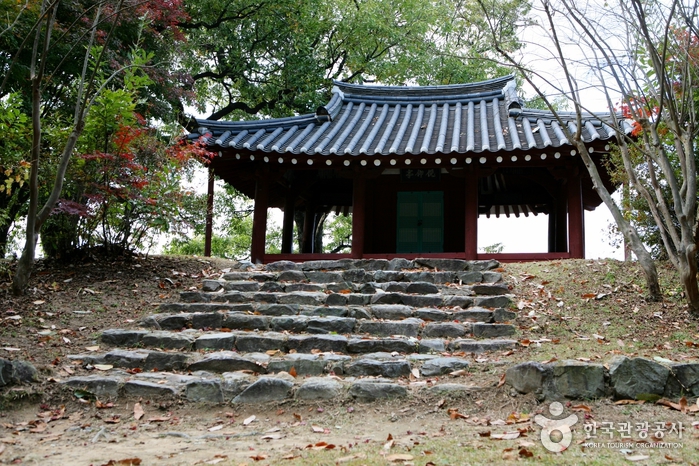
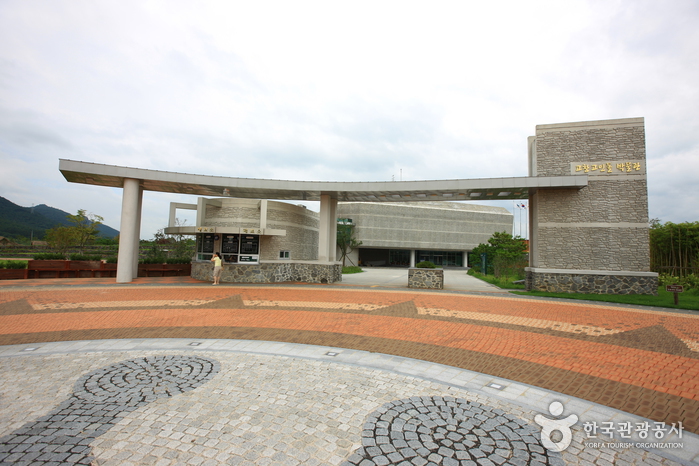
![Gochang Dolmen Site [UNESCO World Heritage] (고창 고인돌 유적 [유네스코 세계문화유산])](http://tong.visitkorea.or.kr/cms/resource/17/2604617_image2_1.jpg)
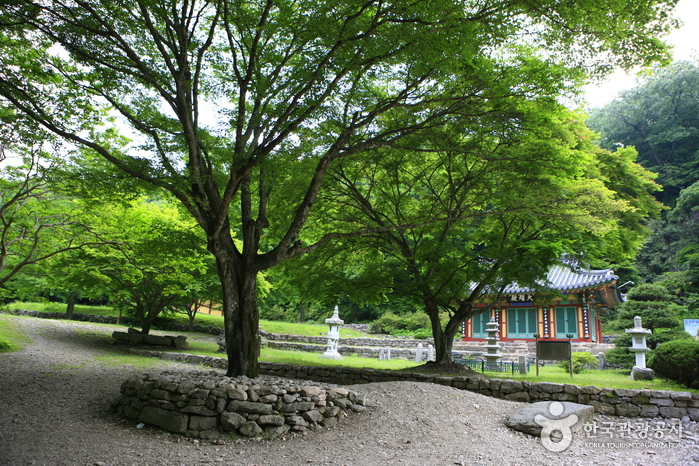
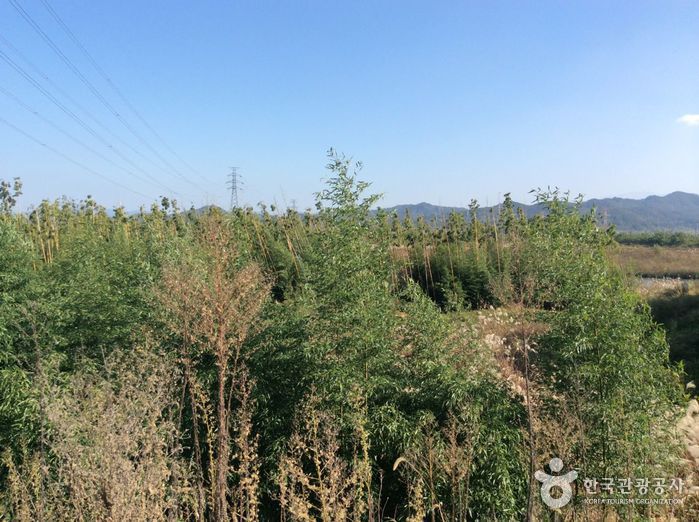
 English
English
 한국어
한국어 日本語
日本語 中文(简体)
中文(简体) Deutsch
Deutsch Français
Français Español
Español Русский
Русский